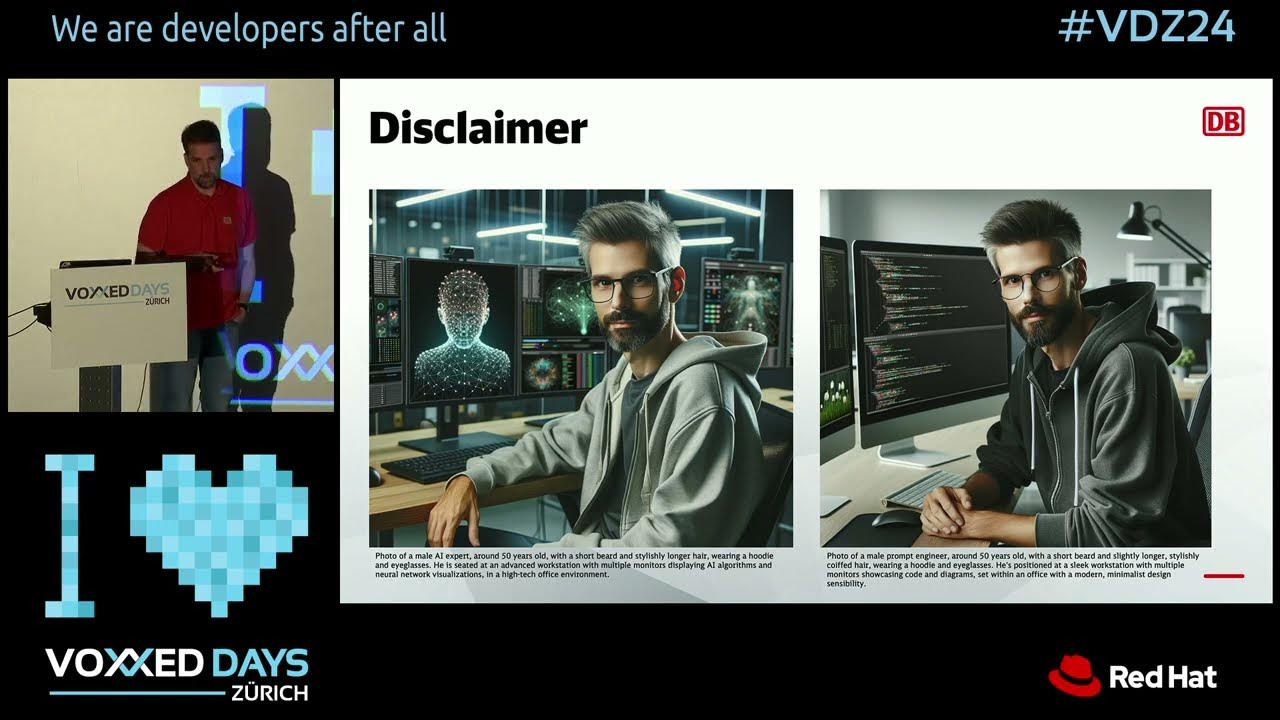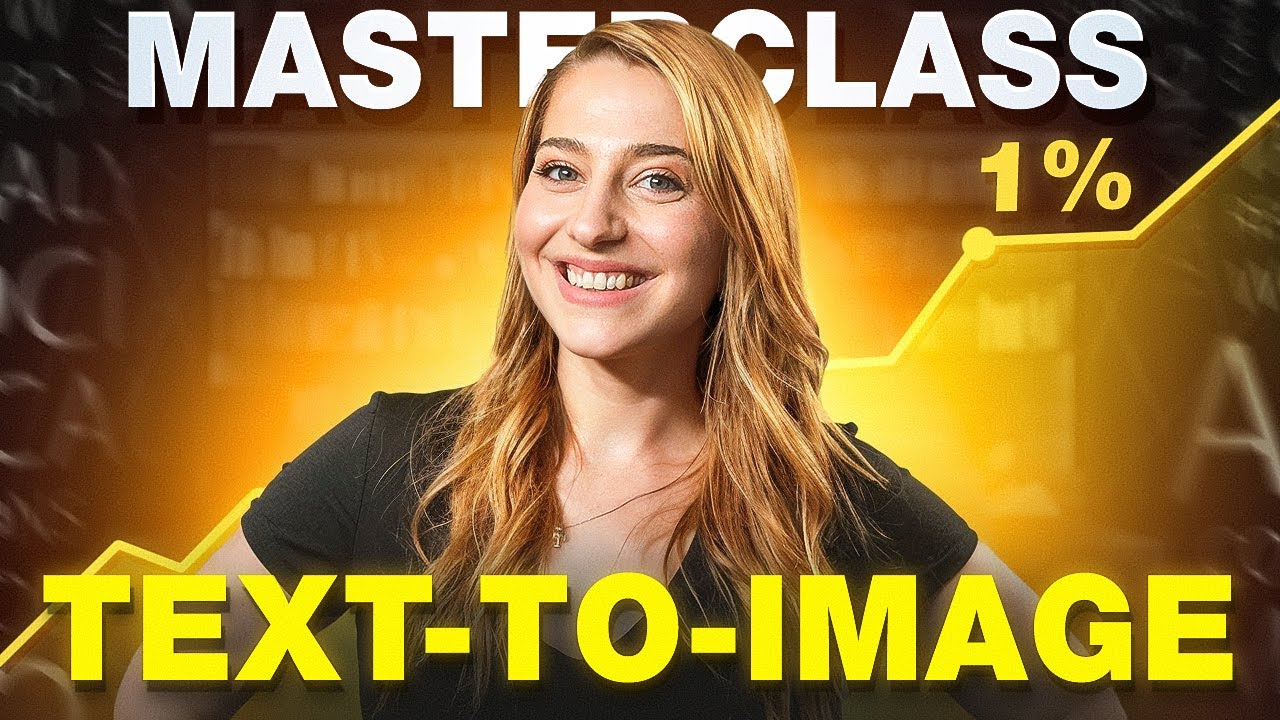why you suck at prompt engineering (and how to fix it)
Summary
TLDRThe video script offers an in-depth guide on prompt engineering with AI language models, emphasizing the importance of understanding the underlying science to maximize their potential. It humorously compares different levels of prompt engineering skills to a spectrum, highlighting the 'midwit' trap where people overcomplicate tasks. The speaker shares his journey and the strategies he uses to build efficient AI systems, including the use of specific techniques like role prompting, chain of thought prompting, emotion prompting, and few-shot prompting. The script also discusses the economic aspect of AI solutions, advising on the choice of model based on cost and performance. It concludes with a formula for creating effective prompts and its application across various AI use cases, such as AI agents, voice assistants, and automations, underlining the significance of prompt engineering in the burgeoning AI industry.
Takeaways
- 🧠 **Understanding Prompt Engineering**: The ability to effectively prompt AI models is crucial for building AI systems and getting value from language models like GPT.
- 🚀 **Role Prompting**: Assigning an advantageous role to the AI model and enriching the role with key qualities can significantly increase the accuracy of prompts.
- 🤖 **Task Specificity**: Clearly defining the task with a verb and being as descriptive as possible allows the AI to understand exactly what is required.
- 💡 **Chain of Thought Prompting**: Providing step-by-step instructions for the AI to follow can dramatically improve the accuracy of complex tasks.
- 📈 **Performance Increase**: Techniques like role prompting, chain of thought, and emotion prompting can lead to significant performance improvements in AI systems.
- 💌 **Emotion Prompt**: Adding emotional stimuli to prompts can enhance performance, truthfulness, and informativeness of the AI's output.
- 📚 **Contextual Information**: Giving the AI context about the environment it's operating in can help improve performance by making the task more relatable.
- 📉 **Few Shot Prompting**: Providing a few examples (3-5) can greatly increase the accuracy and performance of the AI without needing fine-tuning.
- 📝 **Notes and Tweaks**: Using a notes section to remind the AI of key aspects and to add final details can fine-tune the output without restructuring the entire prompt.
- 🔑 **Markdown Formatting**: Structuring prompts with markdown can improve readability and potentially the AI's understanding and performance.
- 💡 **Positive Reinforcement**: Encouraging the AI model and using positive feedback can lead to better responses and higher quality outputs.
Q & A
What is the main issue the video aims to address?
-The video addresses the issue of ineffective prompt engineering in AI systems, explaining why many people struggle with it, and how they can improve their skills to build better AI systems.
What is the 'midwit' concept mentioned in the video?
-The 'midwit' concept refers to individuals who overcomplicate tasks, making them more difficult and inefficient. In the context of the video, a midwit is someone stuck in the middle of the IQ spectrum, not leveraging simple solutions like low IQ people, nor understanding the advanced techniques like high IQ people.
What is the significance of the 'Prompt Engineering' in building AI systems?
-Prompt engineering is crucial as it directly impacts one's ability to extract value from AI models. It involves crafting instructions that AI systems can follow to perform specific tasks, and mastering this skill is essential for creating efficient and cost-effective AI solutions.
Why is the video's presenter moving away from fancy video production?
-The presenter is focusing more on his business and team, building software and educating his community. He prefers to spend less time on video production and more on these activities that are directly related to his business goals.
What is the role of English in programming AI models?
-English serves as a new programming language for AI models. By writing effective prompts in English, one can instruct AI models to perform tasks, which can replace the need for large blocks of code, making AI more accessible and efficient.
What is the difference between conversational and single shot prompting?
-Conversational prompting is interactive, allowing for follow-up prompts and adjustments by a human operator, which is good for personal use. Single shot prompting, on the other hand, is a one-time instruction that is integrated into a system for automation, requiring no human intervention and is ideal for scalable AI systems.
How can a well-written prompt replace hundreds of lines of code?
-A well-written prompt can encapsulate the logic and instructions that would otherwise require extensive coding. By providing clear and specific directions, an AI model can execute complex tasks based on the prompt, eliminating the need for the same task's code.
What are the components of the 'perfect prompt formula'?
-The components of the perfect prompt formula are role, task specifics, context, examples, and notes. Each component is backed by scientific research or prompting techniques that enhance the accuracy and performance of the AI model.
Why is markdown formatting used in prompt engineering?
-Markdown formatting is used to structure prompts for better readability and to help the AI model understand the structure of the prompt better. It uses headings, bold text, lists, and other formatting tools to organize the information logically.
What is the 'Lost in the Middle' effect and how does it apply to prompt engineering?
-The 'Lost in the Middle' effect refers to the phenomenon where language models perform best when relevant information is placed at the beginning or the end of a context, and performance significantly worsens when critical information is in the middle. In prompt engineering, this understanding helps in structuring prompts effectively.
How can one optimize the cost and performance of an AI system?
-One can optimize the cost and performance of an AI system by mastering prompt engineering to utilize cheaper and faster models effectively. By crafting precise and effective prompts, one can reduce the reliance on more expensive models and achieve similar results at a lower cost and higher speed.
Outlines

This section is available to paid users only. Please upgrade to access this part.
Upgrade NowMindmap

This section is available to paid users only. Please upgrade to access this part.
Upgrade NowKeywords

This section is available to paid users only. Please upgrade to access this part.
Upgrade NowHighlights

This section is available to paid users only. Please upgrade to access this part.
Upgrade NowTranscripts

This section is available to paid users only. Please upgrade to access this part.
Upgrade NowBrowse More Related Video

Prompt Engineering Tutorial – Master ChatGPT and LLM Responses

Fine Tuning, RAG e Prompt Engineering: Qual é melhor? e Quando Usar?

ChatGPT Tutorial - Prompt Engineering Tutorial for Beginners

Using AI in Software Design: How ChatGPT Can Help With Creating a Solution Arch. by Ralf D. Müller

Simplifying Generative AI : Explaining Tokens, Parameters, Context Windows and more.

Prompt Engineering Tutorial: Text-to-Image (Midjourney, Stable Diffusion, DALL·E 3 & More!)
5.0 / 5 (0 votes)